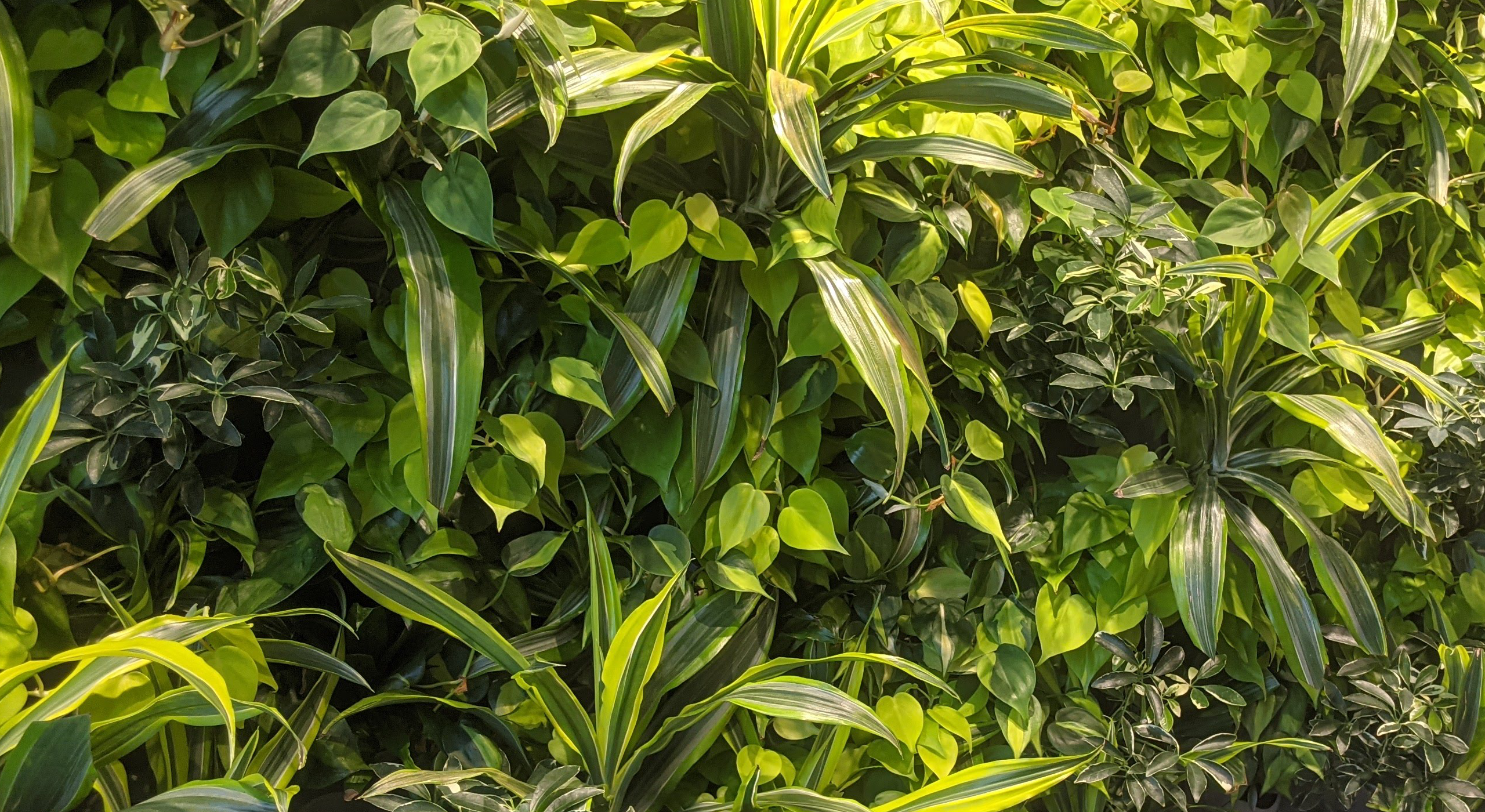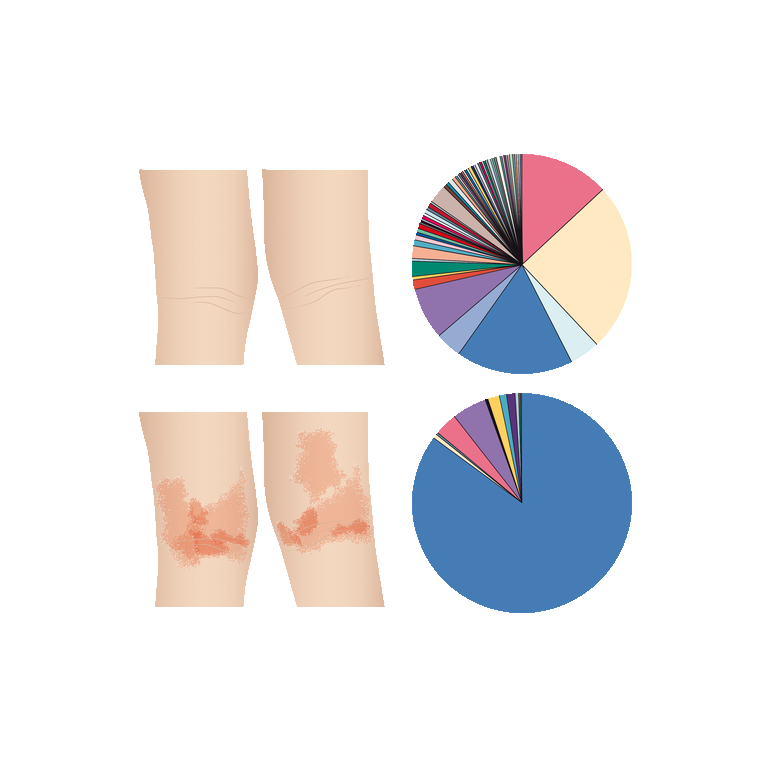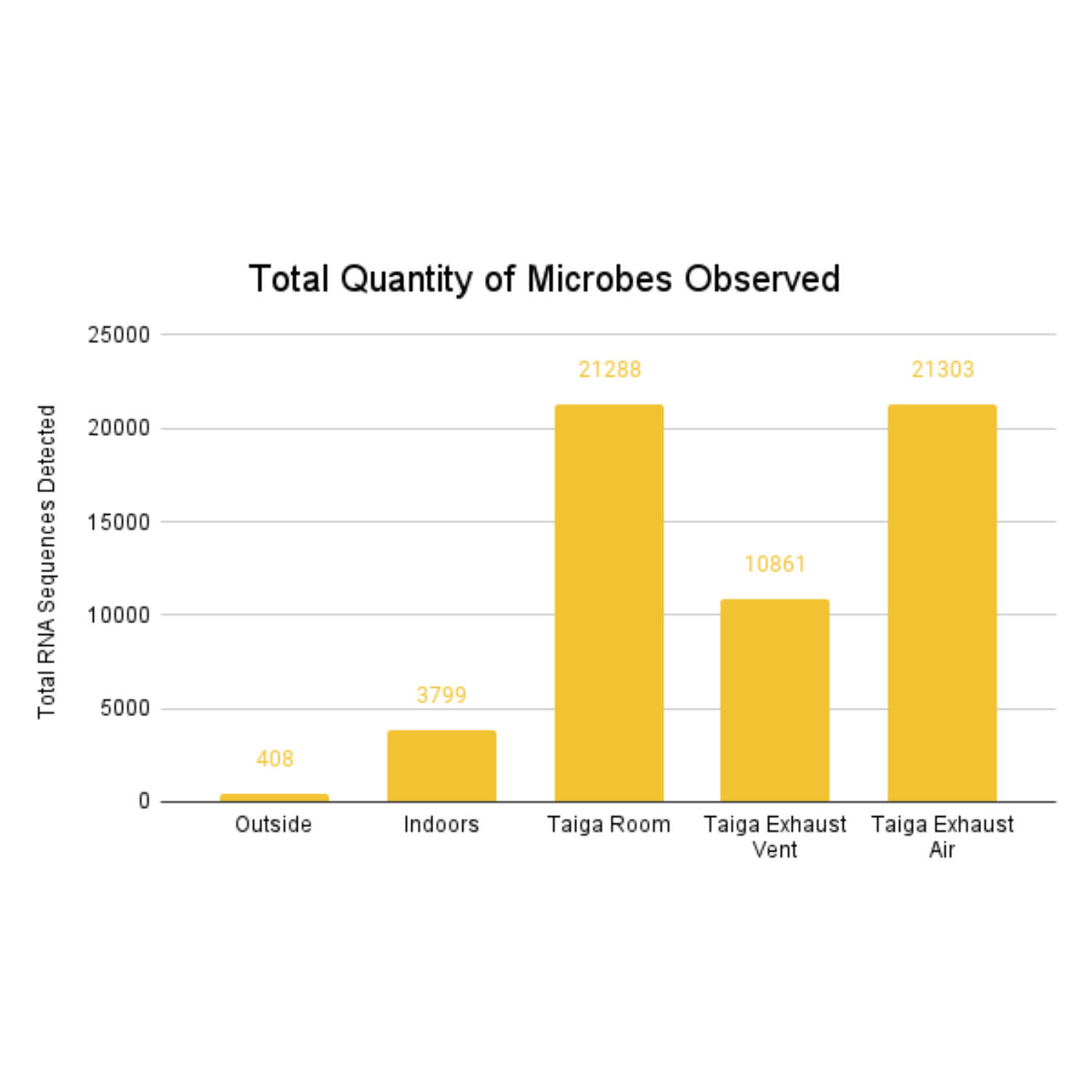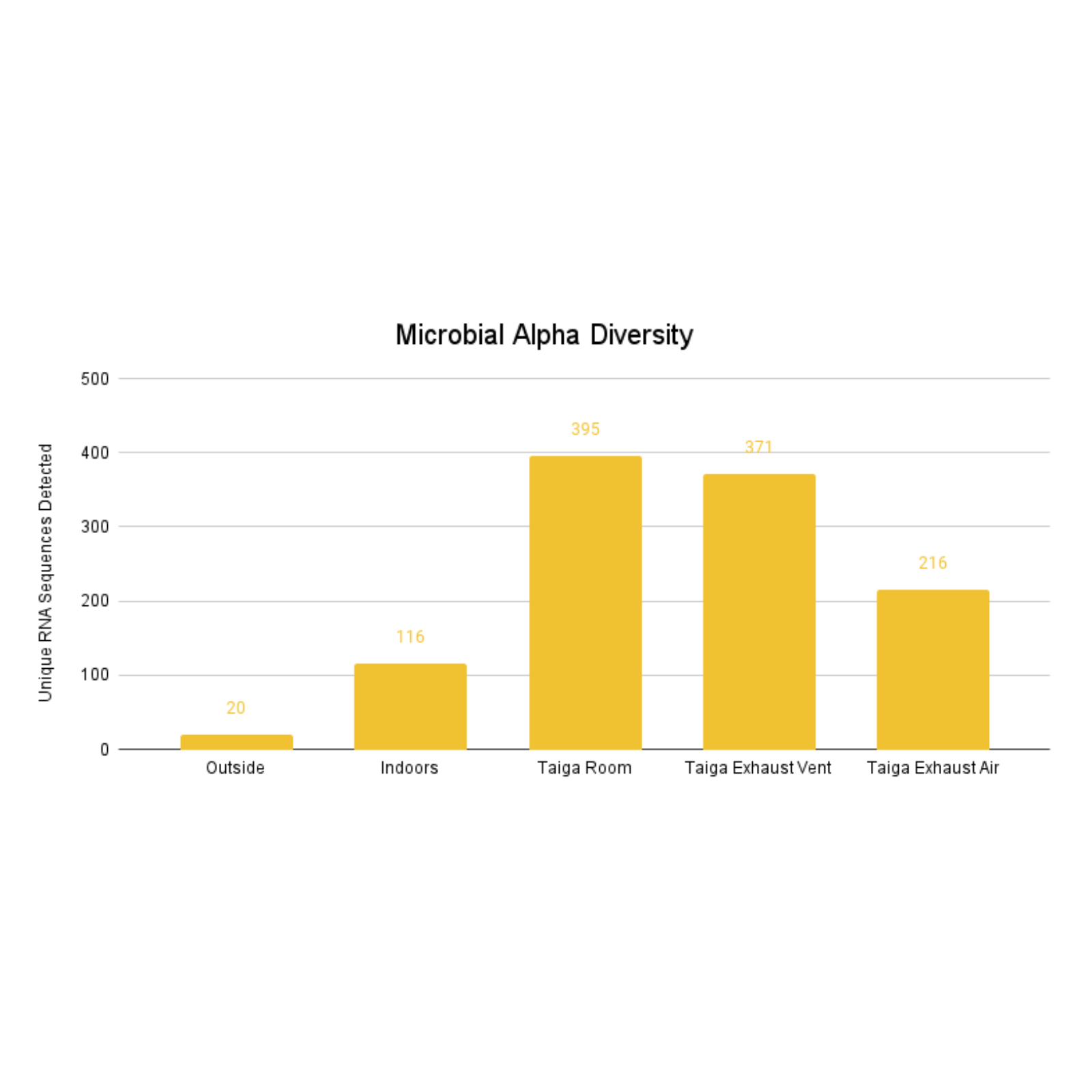
Rewilding
Research shows microbially diverse environments improve our health and wellness. However, it is still common practice to extensively sterilize our indoor spaces.
By fostering a beneficially diverse microbiome such as that in nature, we rewild the spaces in which we live, work, and relax toward sustainable wellness.
The human microbiome is influenced by the external microbial environment, and exposure to a vast array of microbes boosts immune function by "[fine-tuning] the balance between attack and tolerance mechanisms."¹
Pathogens commonly colonize people without developing into infection because "in a healthy body, pathogenic and symbiotic microbiota coexist without problems. But if there is a disturbance in that balance—brought on by infectious illnesses, certain diets, or the prolonged use of antibiotics or other bacteria-destroying medications—dysbiosis occurs, stopping these normal interactions. As a result, the body may become more susceptible to disease."²
"While there are some exceptions, people usually become infected when their microbiomes are disrupted and pathogens are given a survival advantage by the changed conditions."³
- Andersen L, Corazon SSS, Stigsdotter UKK. Nature Exposure and Its Effects on Immune System Functioning: A Systematic Review. Int J Environ Res Public Health. 2021 Feb 3;18(4):1416. doi: 10.3390/ijerph18041416. PMID: 33546397; PMCID: PMC7913501.
- The Microbiome. The Nutrition Source. (2022, July 25).
- Pathogen Reduction & Decolonization. Centers for Disease Control and Prevention. (2022, August 4).
We conducted a pilot study to understand the impact that Taiga has on the surrounding environment's microbiome. Our theory was that by actively passing air through microbe-rich root zones and exhausting that air Taiga could disperse microbes into a space to increase its microbial diversity.
A single Taiga panel was placed in an enclosed conference room and set to process the space's air for 24 hours. The room had not contained any plants or soils before the experiment.
Surface swab samples were collected in five areas increasing in distance from Taiga (the theorized source of microbial diversity) and sent to an accredited lab for analysis.
The test should be repeated to confirm results and can be improved by increasing the number of samples taken, utilizing more sophisticated sampling techniques, and performed over various time points to capture how the diversity changes.
We also need to understand if there exists an upper limit to the diversity Taiga can create, and how effective Taiga is in various room sizes and run times.
Aside from questions about Taiga's technical performance, it is essential that we gain an understanding of the impact that this improved biodiversity has on human health. Additional longitudinal health studies are necessary to understand the link between biodiversity and the human immune system, what kinds of biodiversities are beneficial, and the tangible benefits they create.




